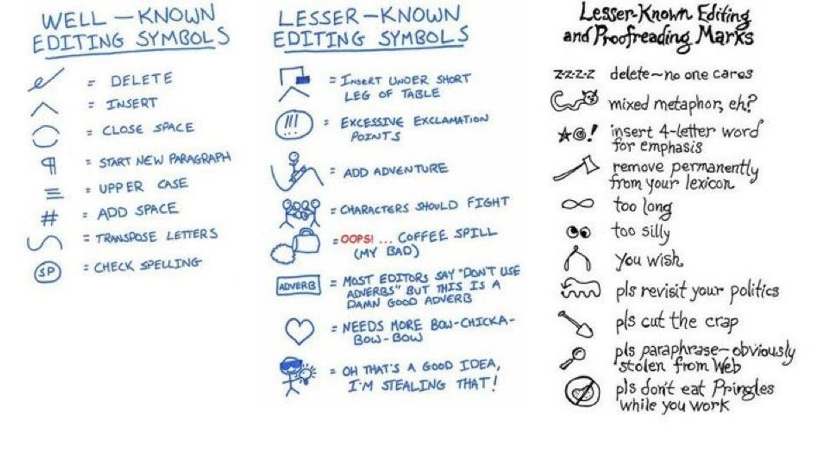Delusional parasitosis--study of 3 cases. Hanumantha K.
Clomipramine was used to successfully treat a 17-year-old adolescent male who had developed, 2 years earlier, an ego-dystonic, circumscribed, somatic delusion presenting with distinct obsessional features. The development of Delusional Disorders among adolescents is described, along with problems raised for accurate diagnosis when attempting to determine precise positions on the continua of.
Delusional disorder-somatic (parasitosis) type is a rare psychiatric disorder which poses a challenge to diagnostic and therapeutic skills. Pimozide, a highly specific dopamine blocker has shown promising results in the 3 cases illustrated here. These cases were seen over a period of 3 years. All the three patients believed that an insect has.

Case No. 6 Delusional disorder, somatic subtype, with a delusion of sexually transmitted disease (AIDS) 98 Case No. 7 Delusional disorder, jealousy subtype 107 Case No. 8 Delusional disorder, erotomanic subtype 123 Case No. 9 Delusional disorder, persecutory subtype: with litigious features 135 Case No. 10 Delusional disorder, grandiose subtype 142.

Prevalence — The lifetime morbid risk of delusional disorder in the general population has been estimated to range from 0.05 to 0.1 percent, based on data from various sources including case registries, case series, and population-based samples. The epidemiology of delusional disorders has not been studied in large, community-based samples. These findings and the DSM-5’s estimated.

A case of delusional disorder, somatic type with remarkable improvement of clinical symptoms and single photon emission computed tomograpy findings following modified electroconvulsive therapy. Ota M(1), Mizukami K, Katano T, Sato S, Takeda T, Asada T. Author information: (1)Department of Psychiatry, Institute of Clinical Medicine, University of Tsukuba, 1-1-1 Tennoudai, Tsukuba, Ibaraki 305.

OBJECTIVE: A few empirically based studies' data on delusional disorder (DD) exist. We aim to describe sociodemographic and clinical correlates of DD and to identify clinical profiles associated to DD and its subtypes. METHODS: This is a case-register study based on all those subjects attending community mental health services within a geographically well-defined area. Four hundred and sixty.
Objective: To review and illustrate a case of delusional disorder, somatic type. Methods: Case report. Results: A 41-year-old female patient presents with a chronic somatic delusion of infestation.

This report describes a case of delusional disorder - somatic type - preceding a psychotic episode and its successful treatment with an antipsychotic drug, thus contributing to what has been.

Delusional disorder is a rare condition and difficult to study; as a result, it is not widely discussed in clinical research. While the cause is unknown, some studies suggest that people develop.

The Diagnostic and Statistical Manual of Mental Disorders, 5 th Edition nomenclature for the corresponding category is “delusional disorder” which contains a number of specific types among which “somatic” type would be one for which our case qualifies where the theme of the belief involves one's own body. The nature of delusions may be very variable. Affected individuals typically.

Delusional disorder-somatic type (or body dysmorphic disorder) and schizophrenia: a case report.

The article presents a case study of 59-year-old woman with complaints of numerous disorders and with proprioceptive hallucinations of a double back tingling sensation. The patient was diagnosed with somatic-type delusional disorder and was treated with sulpiride complemented by application of paraffin and vitamin ointments to improve the general condition of her skin. The condition of the.

In another study, Wustmann and coworkers evaluated gender-related features in DD as part of the Halle Delusional Syndrome Study (HADES-Study). Sixteen women and seventeen men were followed up. The authors reported that women were more likely to take antidepressant medication in comparison to men. When focusing on suicide attempts, women showed higher rates of suicidal behaviour and lower.



